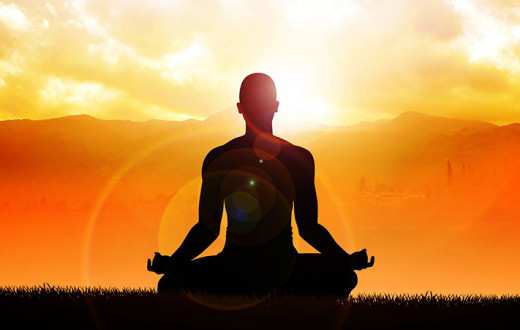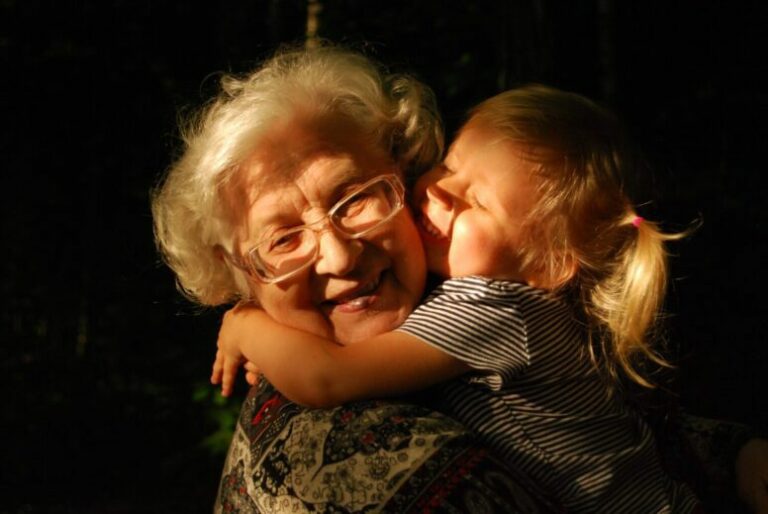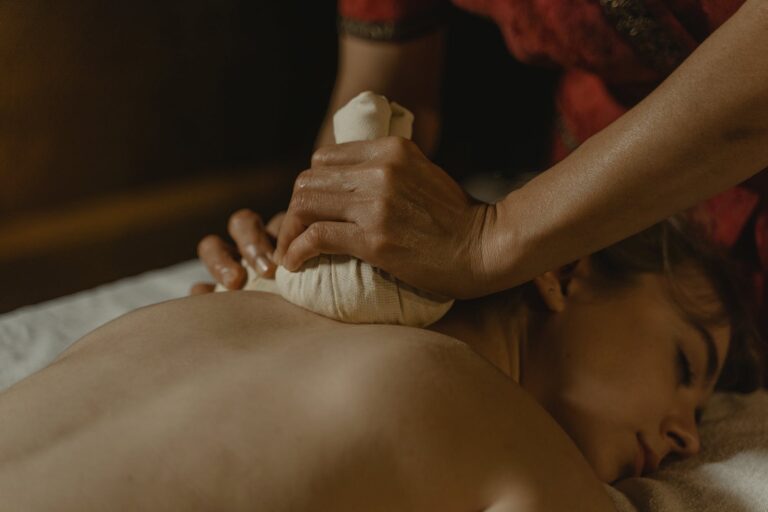Many of us have difficulty controlling our responses in pressure-filled, stressful situations. And it’s in these high-pressure situations that we sometimes need to make critical decisions.
One wrong decision under pressure or anger could ruin things for you big time. Self-composure, mindfulness is an art that needs mastery to avoid such drastic situations.
Tips to gain Self-Composure
Imagine what could you achieve with attaining self-composure, you could control yourself, your motivation, and your willpower. Do you know that your motivation and willpower aren’t constant?
Here are some helpful tips to help you find peace and calm even in the midst of madness! I like to call these my top “chill out” tips. Read on and let the calming begin…
Breeeaaathee

Slow, deep breaths can help you make a controlled response in pressured, tense situations. Take five deep breaths, holding each one to a count of five before releasing it. Clear your thoughts completely and repeat to yourself “I am relaxed” whenever a stressful thought tries to make its way into your head.
Count backward.
This is a way to gain time to think about how to best respond in a more effective manner. Silently and slowly count backward at an even pace, from 20 to 1, when faced with a reactive, stressful situation.
This helps us to “think before reacting” and works wonders for many of my anger management clients. You don’t want your brain to connect the dots that trigger anger further and come to an undesired conclusion.
Take a time out.

That’s right…physically leave the location to give yourself some space. This can counter escalating feelings. If appropriate, tell those around you that you are feeling angry, need some time, and make an agreement with the other person to come back in a specified period of time.
Leave the situation and try to get into a clearer mode of thought before you reappear. During the time out, try to slow down your thinking and sort out exactly what caused you to feel angry.
Think about what you want to happen. Remember to think about what the other person might feel or want.
Pleasant Imagery.
Imagine a pleasant or peaceful scene that has a calming effect. A popular one I work thought with clients is a beach scene. The sun is warm, there is a slight breeze and you can hear the lapping of the ocean waves. This type of imagery can help you feel calm in the midst of the madness.
Change your position
If you’re standing then sit down and if you’re sitting the get to a more relaxing position, lie down. The idea is to get yourself into a more relaxed state by getting your body into a more relaxed position.
The moment you get tensed or angry you get all your body into that particular “angry posture”. Get your body out of it and you’ll get out of it ultimately.
Change your expression
Look at your face when you’re carried away, anger or stress, your face says it all. Self-composure is about exposing your state to yourself, being aware of what’s going on with you. And the way you can try to gain control over yourself is by controlling what you can, your face muscles are one such area.
Focus on your feelings
When you’re going through a rollercoaster of emotions, you’ll notice some changes in your body. Like some muscles being stressed, like they’re being pulled, or even some flow of energy in any particular part of your body. And it’s different for all of us. The part of the body where all this happens differs, the intensity and the flow and direction of energy also differs.
All this if you start noticing, we seldom do notice as we’re so much into the situation and into the emotion we’re going through at that time. If you notice it and are mindful of it then you can control it in a better way.










